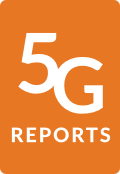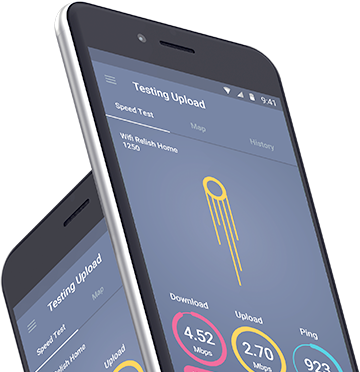Introduction
In our first look at the 5G experience in Germany, Telekom has performed strongly — winning six out of seven awards outright. Telekom wins all three experiential awards — 5G Video Experience, 5G Games Experience and 5G Voice App Experience — but also 5G Upload Speed and both our awards which measure the extent of a 5G network — 5G Availability and 5G Reach — with considerable margins over Vodafone and O2. However, Telekom places second in 5G Download Speed as O2 wins that award clocking the fastest average 5G download speeds of 131.4 Mbps.
German mobile operators have come a long way in terms of upgrading their networks and deploying 5G since the end of the 5G spectrum auction in June 2019, when they acquired spectrum in the 2100 MHz and 3.5 GHz [1] spectrum bands.
O2 launched its 5G service in October 2020 on the 3.5 GHz frequency band. Despite announcing that it will eventually use Dynamic Spectrum Sharing (DSS) technology and additional frequency bands to tap into rural areas, until recently O2 has focused on deploying 5G in the 3.5 GHz band. However, O2 announced that its 5G service is now available in around 80 cities via a network of approximately 2,000 antennas, and plans to reach 30% of the population by the end of the year thanks to the coming rollout of 5G in the 700 MHz and 1800 MHz bands. Besides, O2 previously announced that it will gradually reallocate to the 5G network its frequencies that are currently used for 3G, but unlike Vodafone and Telekom, which have now completed their 3G switch-offs, O2 is targeting its 3G shutdown by the end of this year.
Telekom initially launched its 5G commercial service in September 2019 using the 3.5 GHz band. In mid-2020, Telekom started using spectrum in the 2100 MHz band for 5G to provide customers with 5G coverage in less densely populated areas, while focusing its 3.5 GHz band deployments in large cities like Berlin and Cologne. In late March 2021, Telekom reported that its 5G network reached 80% of the German population via a total of 50,000 antennas across the country, the large majority of which used frequencies in the 2100 MHz band. This network expansion was facilitated by the adoption of Dynamic Spectrum Sharing, as well as by the refarming of 3G spectrum for LTE and 5G networks. In fact, after repurposing half of its 2100 MHz spectrum used for 3G in May 2020, Telekom switched-off its 3G network by July 1st, 2021, freeing up the remaining 2x5 MHz of paired 2100 MHz spectrum it was using for 3G.
Vodafone launched its 5G service in July 2019 using new spectrum in the 3.5 GHz band, and later adopted Dynamic Spectrum Sharing (DSS) technology — which enables the parallel operation of both LTE and 5G in the same frequency band — and started using its 700 MHz frequencies for the deployment of 5G in rural areas. In July 2020, Vodafone reported it was also using the 1800 MHz band to provide 5G in densely populated cities. In late May 2021, Vodafone announced that it had switched on more than 10,000 5G antennas and that its 5G network now reached 25 million people. Besides, Vodafone launched its commercial 5G Standalone Access (SA) network in April 2021.
In this 5G Experience report, we analyzed our users' overall 5G experience in Germany on each of the three nationwide operators, O2, Telekom and Vodafone, over 90 days starting on May 1, 2021, ending July 29, 2021.
[1] In Germany, the 3.5 GHz spectrum band is often referred to as 3.6 GHz band.




